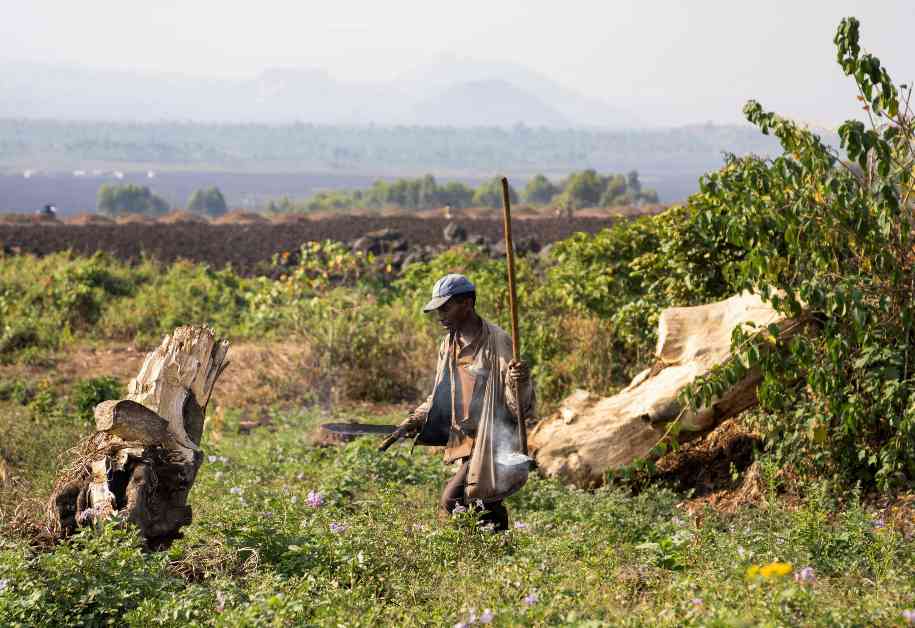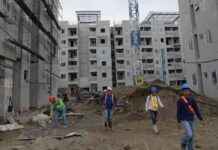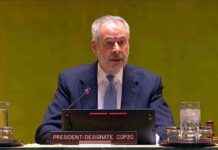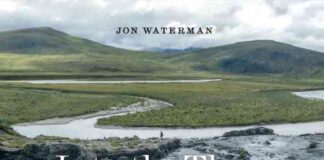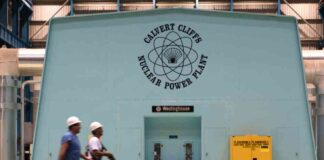A New Era for DRC’s Green Corridor: Balancing Nature and Communities
In a groundbreaking move, the Democratic Republic of Congo (DRC) recently unveiled a monumental initiative known as the Green Corridor. Spanning a colossal area equivalent to the size of France, this project aims to establish the world’s largest protected forest area. Not only will it serve as a crucial carbon sink within the Congo Basin, absorbing and storing vast amounts of carbon dioxide, but it also promises to safeguard the unique biodiversity of the region.
At the heart of this ambitious endeavor lies the vision of DRC President Felix Tshisekedi, who envisions a harmonious relationship between economic prosperity and environmental stewardship. The Green Corridor, stretching from the conflict-ridden Virunga National Park to the bustling city of Kinshasa, is poised to revolutionize the country’s economic landscape while preserving its natural heritage.
Challenges and Concerns: Indigenous Voices Unheard
Despite its grand ambitions, the Green Corridor has faced criticism from environmentalists and local communities alike. Concerns have been raised over the lack of consultation with Indigenous peoples and the potential impact on their ancestral lands. Indigenous groups in eastern DRC, notably the League of Indigenous Pygmy Associations of Congo, have expressed dismay at being left out of the project’s planning process.
Kapupu Diwa Mutimanwa, the president of the Indigenous Pygmy Associations, voiced apprehension over the potential ramifications of the Green Corridor on their communities. The absence of consultation and transparency has fueled fears of land encroachment and cultural insensitivity. As the project unfolds, tensions between authorities and Indigenous groups may escalate, underscoring the need for inclusive dialogue and community engagement.
The Path to Sustainability: Balancing Trade and Conservation
While the Green Corridor holds promise for economic growth and environmental protection, striking a delicate balance between trade interests and conservation goals remains a pivotal challenge. President Tshisekedi’s vision of revitalizing the economy and creating jobs for millions hinges on sustainable practices and community empowerment.
Greenpeace Africa has raised concerns about the project’s potential to perpetuate neo-colonialism and undermine local communities’ rights. The need for an inclusive approach that respects the autonomy and heritage of Indigenous groups is paramount to the project’s long-term success. By fostering partnerships with international organizations like the European Union and the Schmidt Family Foundation, DRC aims to leverage green investments and promote sustainable development along the Green Corridor.
Navigating the Road Ahead: Charting a Course for Community-Led Conservation
As the Green Corridor takes shape, questions surrounding its governance and impact on local communities loom large. Environmental analysts and advocacy groups stress the importance of community-driven conservation initiatives that empower Indigenous groups and ensure their active participation in decision-making processes.
Daniel Makasi Mahamba, an environmental analyst based in Goma, highlights the historical challenges faced by previous conservation projects in delivering tangible benefits to local communities. The success of the Green Corridor hinges on its ability to integrate community perspectives, address socio-economic disparities, and uphold the rights of Indigenous peoples.
The Role of International Partnerships: A Gateway to Sustainable Development
Amidst debates over the Green Corridor’s efficacy and inclusivity, international partnerships play a crucial role in shaping its trajectory. The European Union’s commitment to funding sustainable projects in Africa underscores the global significance of DRC’s conservation efforts. By aligning with the EU’s vision of green economic transformation, DRC seeks to unlock new opportunities for job creation, biodiversity conservation, and eco-friendly trade practices.
Tristan Smith, a leading expert in energy and transport, urges caution in implementing green technologies like hydrogen-powered boats within the Green Corridor. While the project holds immense potential for driving sustainable development, thoughtful planning and community engagement are essential to navigate the complexities of green investments and conservation initiatives.
In Conclusion
As the Green Corridor project unfolds, the delicate dance between nature conservation, economic development, and community empowerment will shape its legacy for generations to come. By heeding the voices of Indigenous communities, fostering transparent governance structures, and embracing sustainable practices, DRC has the opportunity to set a new standard for green initiatives worldwide. The journey towards a greener, more equitable future begins with a shared commitment to balance progress with preservation, prosperity with protection, and people with the planet.

